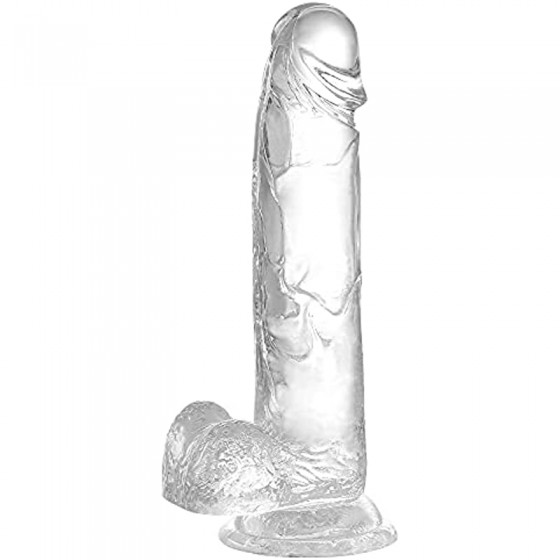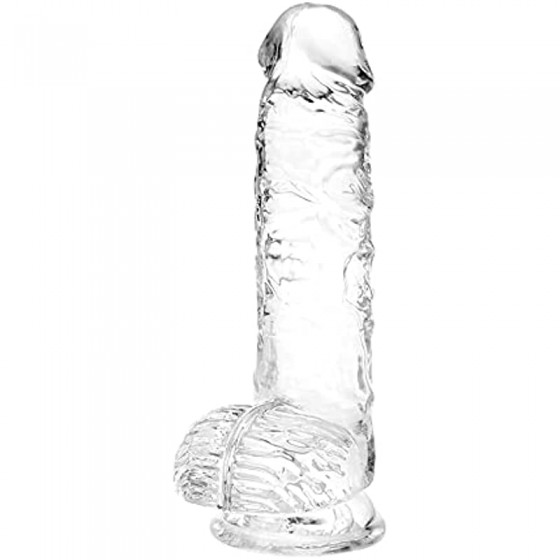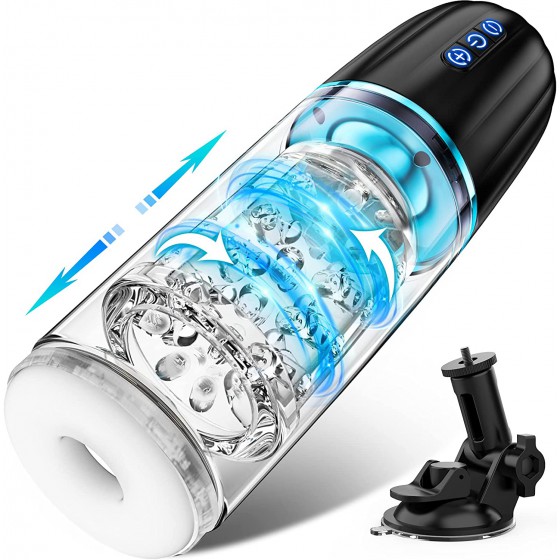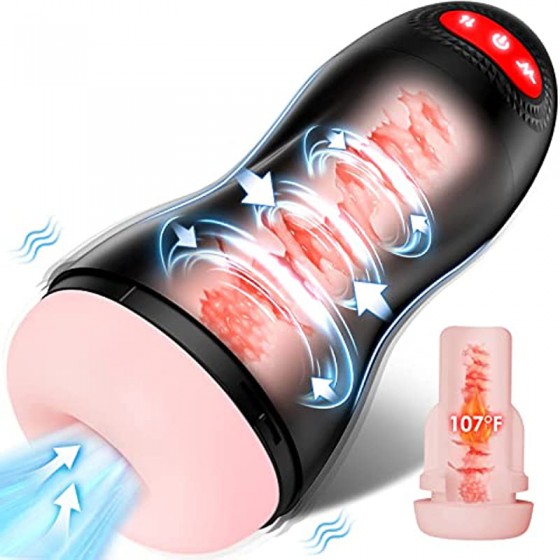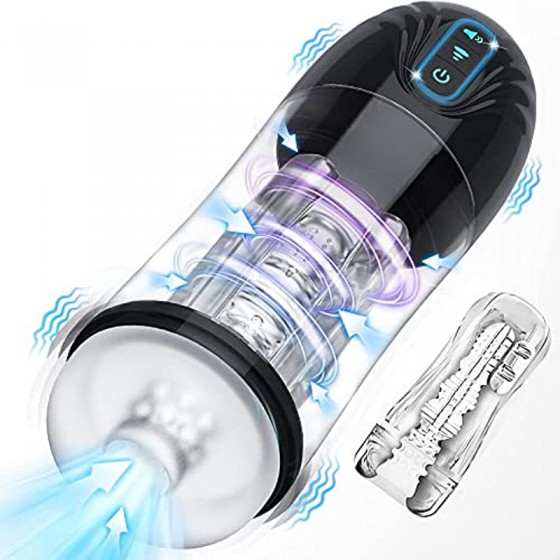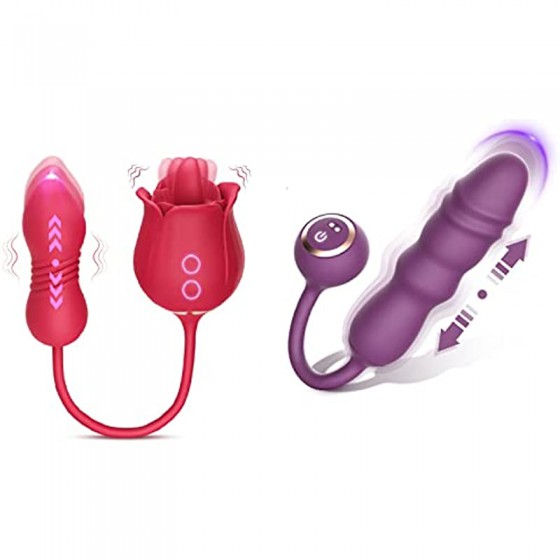Is it necessary to have a sterilization after the second pregnancy? What precautions should be taken after ligation?
Although the second-child policy is now open, is sterilization necessary after the second child? This is a difficult problem for many parents who have given birth to their second child.
Is it necessary to have a sterilization after the second pregnancy?
1. Is sterilization necessary after the second pregnancy?
Vasectomy is only a permanent contraceptive measure and one of the methods of birth control. There are no hard and fast rules. In this regard, the state clearly stipulates that couples who have given birth to children are encouraged to use long-acting contraceptive and birth control measures.
The so-called long-acting birth control measures usually refer to inserting an IUD after the birth of one child and sterilization after the birth of a second child. If both parties are not suitable for sterilization surgery, other birth control measures can be taken under the guidance of technical personnel. If the couple does not want to have a sterilization, there is no need to force it as long as they can ensure that they will not have children.
2. Policies for sterilization after the second child are different in different places
There are many effective contraceptive measures nowadays, but some places have stricter family planning policies and require sterilization after the second child is born. This is a local policy. Each place handles it differently and has different policies. There are no specific provisions to unify this matter. .
Therefore, in order to complete the sterilization quota, some areas will do it randomly, while more humane areas will not force it and will do it according to the couple's own wishes. However, in some areas, there is a one-size-fits-all policy. As long as the second child is born, regardless of whether it is legal or illegal, they will all be sterilized. If they are not willing, they will take coercive measures and threaten not to register the child.
3. How long does it take to get a sterilization after giving birth to the second child?
Ligation is a sterilization measure in family planning. It can be performed by either party of the couple (vas deferens ligation for men and fallopian tube ligation for women). It is a kind of surgery that "once and for all" "completely solves" the problem of no longer having children. Measures; As long as the purpose of family planning or no more children is achieved, the relevant laws and regulations on family planning do not stipulate which spouse must undergo sterilization surgery, nor do they specify the time period after childbirth that sterilization must be performed. Operation.
How should I take care of myself after ligation?
1. Women
1. After sterilization, women need to stay in the hospital for observation for several hours. If there are no normal symptoms, they can go home. It is best to take a car or walk slowly, rather than riding a bicycle. After returning home, you should also pay attention to rest more and avoid excessive activities to prevent falling pain and causing hematoma. Depending on the nature of the work, the rest period after surgery is 7 to 14 days.
2. After ligation, do not touch the gauze of the post-operative incision, and do not take a shower before the incision heals to prevent infection. For some people who are more sensitive, you can use a T-shaped belt or handkerchief to hold the scrotum for about a week to prevent falling pain.
3. Patients should also pay attention to the bleeding of the wound. If a woman finds blood oozing on the gauze strip within one day after the ligation, she should immediately ask a doctor to check and deal with it in time.
4. Conjugal life is prohibited for 2 weeks after vasectomy.
5. Usually the skin of the scrotum has a very strong ability to heal. If no sutures are made or subcutaneous sutures are used, there is no need to remove the sutures. If there is a stitch in the skin, the suture can be removed 4-5 days after the operation. This is also a precaution after ligation.
2. Men
1. Follow the doctor’s instructions and observe for 1 to 2 hours after surgery. Adhesive plugging or plugging is usually observed for 1 hour; ligation requires 2 hours of observation. You can leave only after checking that there is no swelling or bleeding in the surgical area.
2. After returning home, take antibiotics as directed by the doctor and conduct postoperative follow-up. Once bleeding from the wound, scrotal pain, swelling or blood stasis, and fever are found to be abnormal, you should seek medical treatment in time. Mild pain from the wound is normal.
3. Rest for 1 week after surgery, avoid sexual intercourse within half a month, and avoid heavy physical labor and strenuous exercise, such as cycling, playing ball, racing, carrying burdens, etc.
4. For those who do not perform seminal vesicle infusion during the operation, the sperm may remain for 4 to 6 months after the operation, so contraception should still be adhered to. The semen can be monitored every 1 to 2 months until no sperm is confirmed. Stop birth control. Even if seminal vesicle infusion has been performed, semen should be monitored after surgery to confirm that there are no motile sperm before contraception can be stopped.
5. When you resume sexual life after surgery, you may feel pain and discomfort at the surgical site. This is a common situation and is not abnormal. Do not overload your mind. One month after the operation, if you still have local pain or swelling, you should see a doctor for timely resolution.
6. Keep the surgical site clean and hygienic. Do not clean the incision with water within 1 week. The incision hemostatic patch should be replaced every other day and can be removed after 5 days. You can have sex after one month.






